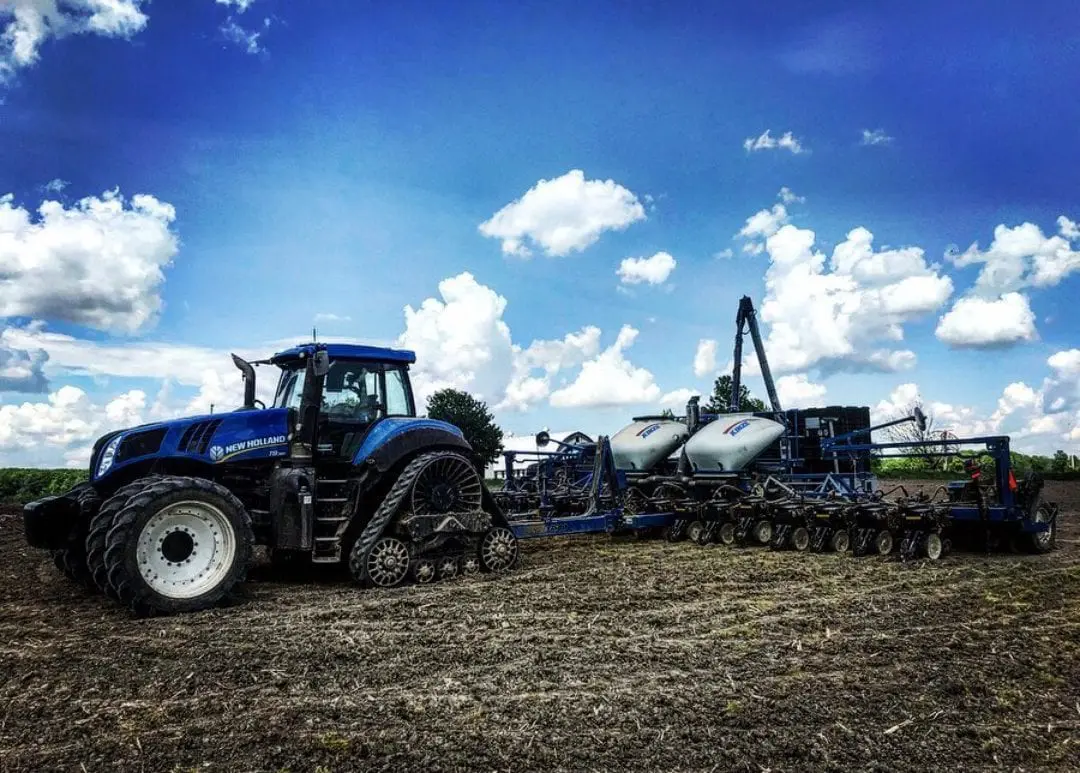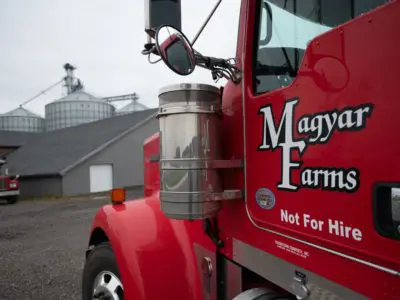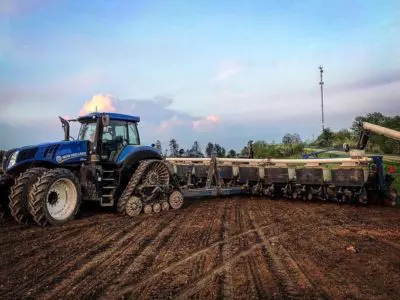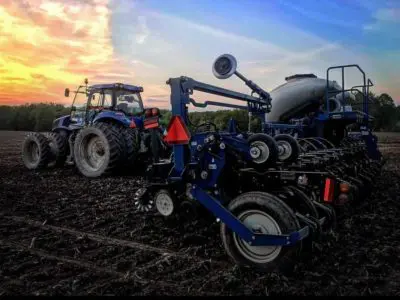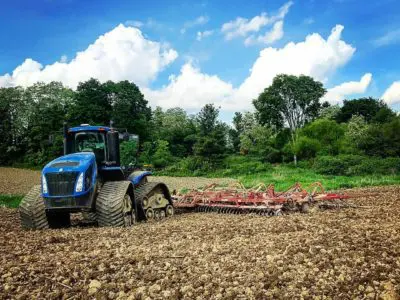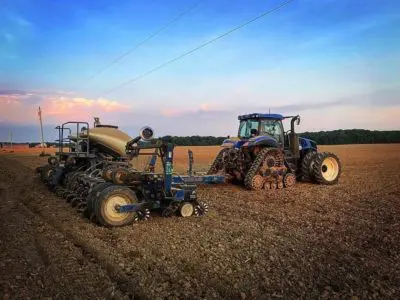U.S. Soy produces high-quality soybeans for our customers. That includes the more than 4 million metric tons, or 148 million bushels, of food-grade soybeans the U.S. produced in 2020.1 I am one of the farmers committed to producing food beans. These food-grade soybeans are specific varieties selected for characteristics ideal for production of tofu, natto, soy milk and other soyfoods. We produce just a fraction of the nearly 112.7 million metric tons, or 4.14 billion bushels, of soybeans raised in the U.S. in 2020.2 Most of the rest of the soybeans are high-quality commodity beans, intended for crushing to make soybean meal and soybean oil.
in 2020.2 Most of the rest of the soybeans are high-quality commodity beans, intended for crushing to make soybean meal and soybean oil.
My wife MaryBeth and I farm with one of our daughters near Orwell, Ohio. We farm just 40 km, or 25 miles, from the southeast shore of Lake Erie. We are located about 105 km, or 65 miles, east of Cleveland, Ohio, and about 165 km, or roughly 100 miles, northwest of Pittsburgh, Pennsylvania.
I am a third-generation farmer. My grandparents settled here in 1916, so our family has been farming this ground for more than 100 years. And my mother is still involved in the farm. I see my family’s commitment as evidence that farmers are big environmentalists. We want to pass our land on to the next generation. Our daughter who farms with us is one of our four children. She and her husband are raising their children here. We care for our land so it can be productive for 100 more generations.
Along with food-grade soybeans, we raise corn and some winter wheat or barley, depending on the year. We manage more than 1,200 hectares, or 3,000 acres, and each year, half of that is planted to food beans.
We have been raising food beans for about 10 years. We contract with Schwartz Farms, a nearby food-bean exporter. We decided to shift to raising food-grade soybeans for several reasons. We take pride in raising high-quality products. The weed control program required for our non-GMO food beans helps us manage problems with weed resistance. They offer a price advantage, and we also operate a grain elevator, which helps us segregate food beans appropriately. Overall, food beans are a great fit for our farm.
Because we are so close to Lake Erie, we get an abundance of moisture – both rain and snow – every year. That influences how we care for our fields to support soil health, and how we manage our crops to maintain quality.
For example, all of our fields have been tiled to manage excess water. Tiling buries perforated tubes in the ground that allow extra water to drain from the soil. In much of the U.S., farmers install tiles about every 12 meters, or 40 feet, in a field. But because we get so much lake-effect moisture, our tiles are just 6 meters, or 20 feet, apart. This sub-surface drainage helps keep our soils healthy. For surface drainage of water, our grass waterways slow its flow and filter it to prevent soil erosion.
We also use cover crops over the winter. We often use oats, because they succumb to winterkill, meaning winter temperatures eventually terminate them, making it easier to manage the cover crop in the spring while still getting the soil health value of a cover crop. We also use cereal rye and vetch as cover crops, and we terminated them with minimum tillage in the spring. The combination of cover crops and minimum tillage leaves residue on the soil surface that also protects against erosion and supports soil health.
We are planting our 2021 crop of food beans now. We usually plant just one or two varieties of food-grade soybeans. Schwartz Farms usually has us plant high-protein varieties that require more management. We commonly raise soybeans intended for tofu production in Japan. We often have soybean varieties that are temperamental when germinating, so we use seed treatments to protect them and support a strong, even stand.
Planting conditions are perfect, as spring has been drier than usual. We typically combat regular rains that limit our ability to work in our fields. But this year, we have had a cool, dry spring. We started planting soybeans the last week of April, before we started planting corn because of those conditions. Just 10 days of good weather and functioning equipment will allow us to get our soybeans planted, so we expect to finish planting them the first half of May.
We are planting a bit earlier than average because of these excellent conditions. That means the 2021 growing season is off to a great start.
I plan to share more about the progress of our food-grade soybean crop, the customers we grow for, how we protect quality and how we ensure sustainability on www.USSoy.org throughout the season.
1 Data derived from article: Study shows food-grade soybean acreage on the rise, Specialty Soya and Grains Alliance, Oct. 22, 2020.
2 Corn and soybean production up in 2020, USDA Reports, U.S. Department of Agriculture National Agricultural Statistics Service, Jan. 12, 2021.

